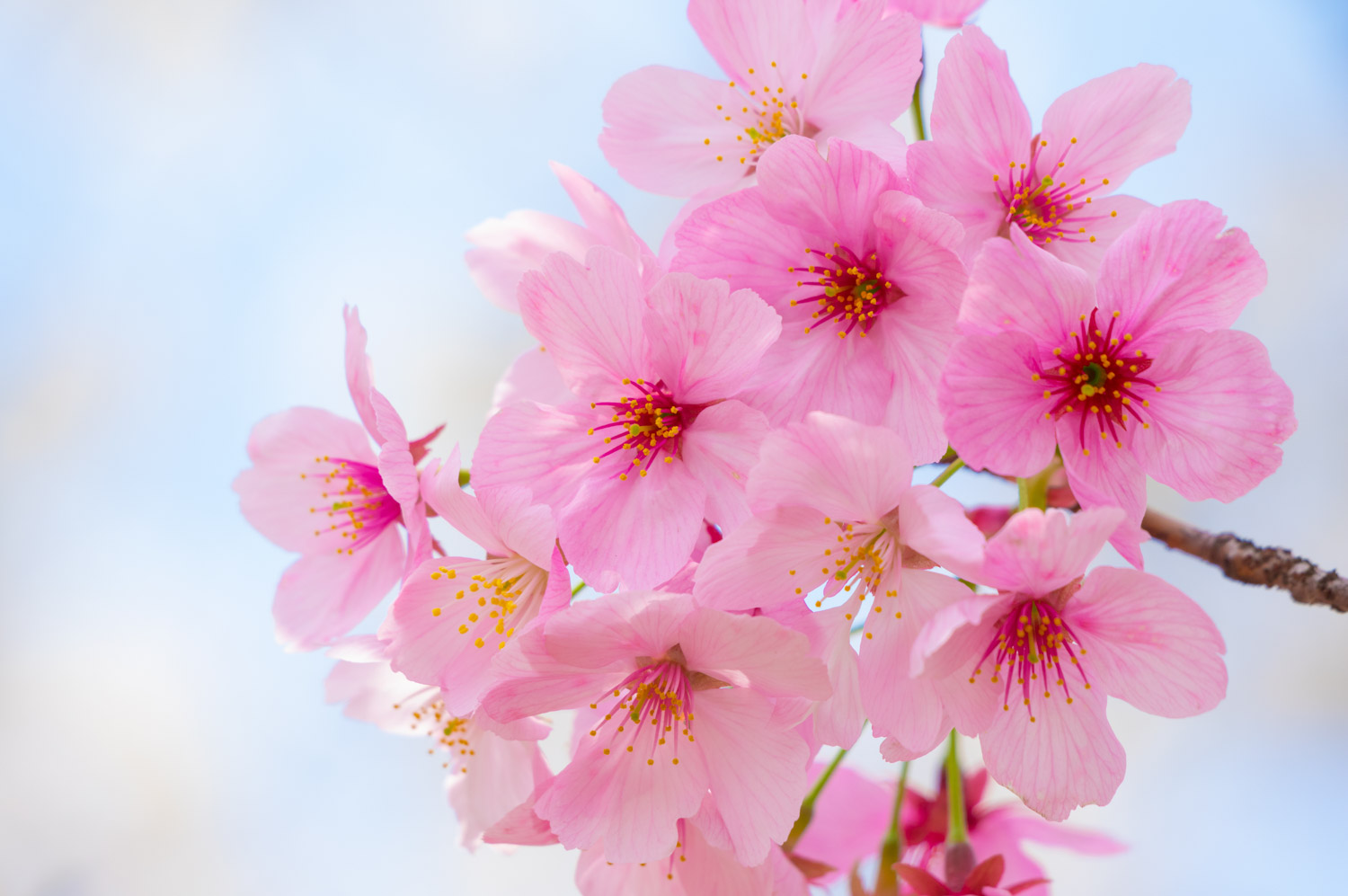
See all posts by this author
If you will allow this analogy: Cherry trees have become the rock stars of the tree world. They live fast and die young.
What I’m trying to say is that it’s a challenge to keep a cherry tree alive and well, especially in the Carolinas. These beautiful, bountiful trees like it cooler than a Carolinas summer and warmer than one of our winters. Most any little thing can have a negative impact. I appreciate how the National Park Service puts it in describing the most famous cherry trees of all, the ones that bloom in our nation’s capital.
“They are fragile and need protecting!”
The cherry tree is susceptible to a variety of diseases. Overwatering or underwatering can be a problem. Pruning is extremely important to combat disease and guarantee that they receive maximum sunlight.
In other words, there is no one, or easy, answer to why your cherry tree(s) might be struggling. Here are some guidelines. As always, we are here to help:
- Arborscapes can apply fungicide before the cherry tree flowers. This would generally be in February and March, to stop disease and rot before it can start.
- Routine fertilization in spring or fall will strengthen the soil.
- Water properly. This is where one of our arborists can help guide you. Too much or too little or watering at the wrong time can be a serious problem. Watering the first year after planting is especially critical.
- Remove the leaves that fall off. They could be infected. Leaving them on the ground could result in the spread of fungus spores. It is work well worth tackling.
- Let us help you set a schedule in the fall for fertilization and fungicide treatment to be administered in late winter and early spring. Don’t miss your window for this work.
Since I opened with an analogy about rock stars….With proper attention and our help, your cherry trees can be the Eric Clapton of your landscape in terms of health and longevity and not the Jimi Hendrix. Eric is still going strong at age 78. Jimi died at 27.
See all posts by this author
